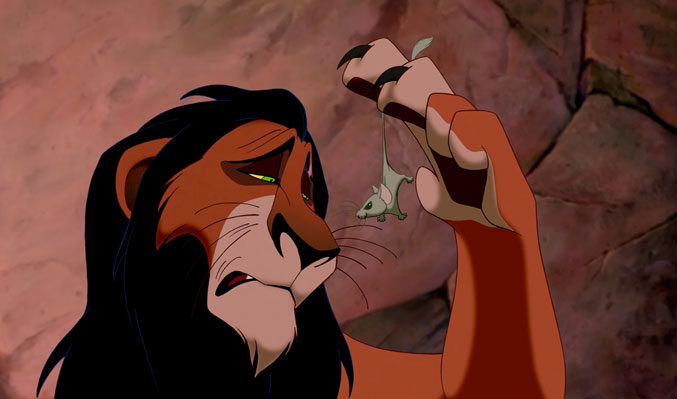
Perpetuating negative stereotypes of people from the LGBT+ community isn’t a quality only Disney possesses. Several Hollywood movies have had a hard time addressing the stereotypes connected to individuals with different sexual orientations.
The Gay and Lesbian Alliance Against Defamation, GLADD, released a report in 2012 that rated the major studios in Hollywood on the quality, quantity and diversity of LGBT people found in their films. Suffice to say that many studios such as Paramount, Disney and the Warner Brothers received a “Failing” grade, which means that the movies produced in these studios failed to include LGBT people or failed to represent the community accurately. No studio has received a “Good” rating.
Though these ratings may seem subjective to many people, the fact that less than 20 percent of the 126 major movies released in 2015 contained characters that were identified as LGBT speaks volumes in the lack of representation.
The discontent of the status quo was voiced by GLADD’s president Sarah Kate Ellis in an interview with Huffington post, where she claimed, “Leaving LGBT people out of the picture — or including them only as a punchline — keeps old prejudices alive and creates an unsafe environment, not only here in America, but around the world where most audiences see these depictions.”
An accurate portrayal of the LGBT community is important especially for movies that target teenagers as a key demographic since these movies can leave a strong impression on the young minds.
Mateo Leon, a gay teen at The American School Foundation, explained the impact of Hollywood’s misrepresentation in his life as he claimed, “it makes it harder for the LGBT community people to feel more free or to be more open with anybody else. There’s this constant pressure to be what society wants you to be, and even if you’re different, society wants you to fill certain stereotypes. So, it puts more pressure on people.”
Inaccurate portrayals of LGBT characters in movies not only fail to represent the community but to also actively harm those who may associate with a different sexual orientation. Proper representation is important for any group in society and the LGBT community is no exception.

Alexander Joonhwan Song

